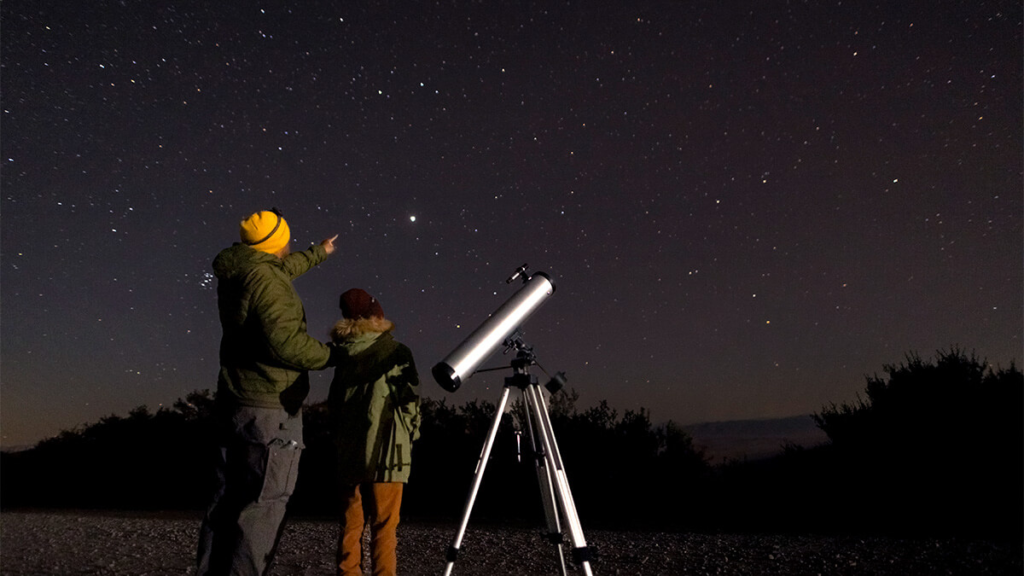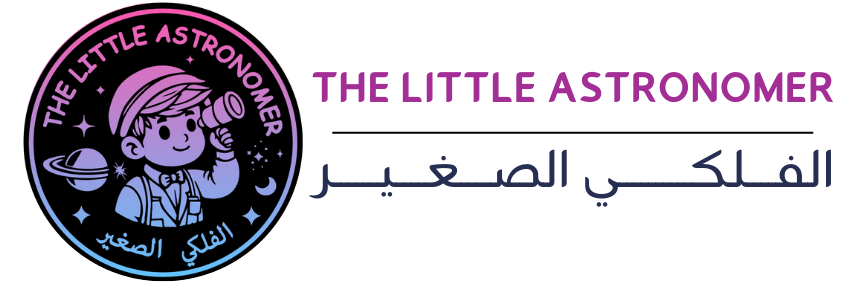
The night sky is a giant treasure map filled with stars, planets, and mysteries waiting to be discovered. Stargazing is an exciting adventure that anyone can enjoy. You don’t need fancy equipment to start—just your eyes, a clear night, and a bit of curiosity! Let’s explore how you can begin your journey into the wonders of the cosmos.
What is Stargazing?
Stargazing is simply observing the night sky to admire and learn about celestial objects. These objects include stars, planets, the Moon, and even distant galaxies. Stargazing is both fun and scientific, as it helps us understand the universe and our place within it.

How to Start?
Here are three easy steps to get started with stargazing:
1. Find a Dark Spot
City lights can make it hard to see stars because of light pollution. Try to find a dark place, like a park or countryside, where the sky looks clearer and brighter.
2. Look Up and Observe
Start by identifying the most visible objects, like the Moon or the brightest stars. Did you know the Moon changes shape? These are called its phases, and they happen because of its orbit around Earth.
3. Learn the Constellations
Constellations are patterns of stars that ancient people used as maps of the sky. Look for easy ones like the Big Dipper or Orion’s Belt. You can use a star map or apps like SkySafari or Stellarium to guide you.
What Can You See?

With just your eyes, you can spot:
- Planets: Look for bright objects that don’t twinkle—those are likely planets like Venus or Mars.
- Shooting Stars: These are actually meteors, small rocks burning up in Earth’s atmosphere.
- The Milky Way: On very clear nights, you might see a faint, cloudy band of light across the sky—this is our galaxy!
Use Tools for a Closer Look
Once you’re comfortable, try using a binocular or a telescope. These tools help you see details like the craters on the Moon or the rings of Saturn. You can even spot distant nebulae—clouds of gas and dust where new stars are born.
Fun Facts About the Night Sky

- The Sun is a star, just like the ones you see at night, but much closer!
- Some stars you see might have already exploded—they’re so far away that their light takes millions of years to reach us.
- A full Moon can make the night sky brighter, which is great for exploring the Moon itself but not ideal for seeing faint stars.
Why is Stargazing Important?
Stargazing inspires us to ask big questions: How did the universe begin? Are we alone in the cosmos? By learning about the night sky, we not only enjoy its beauty but also connect with the incredible science of astronomy.



Comments (1)